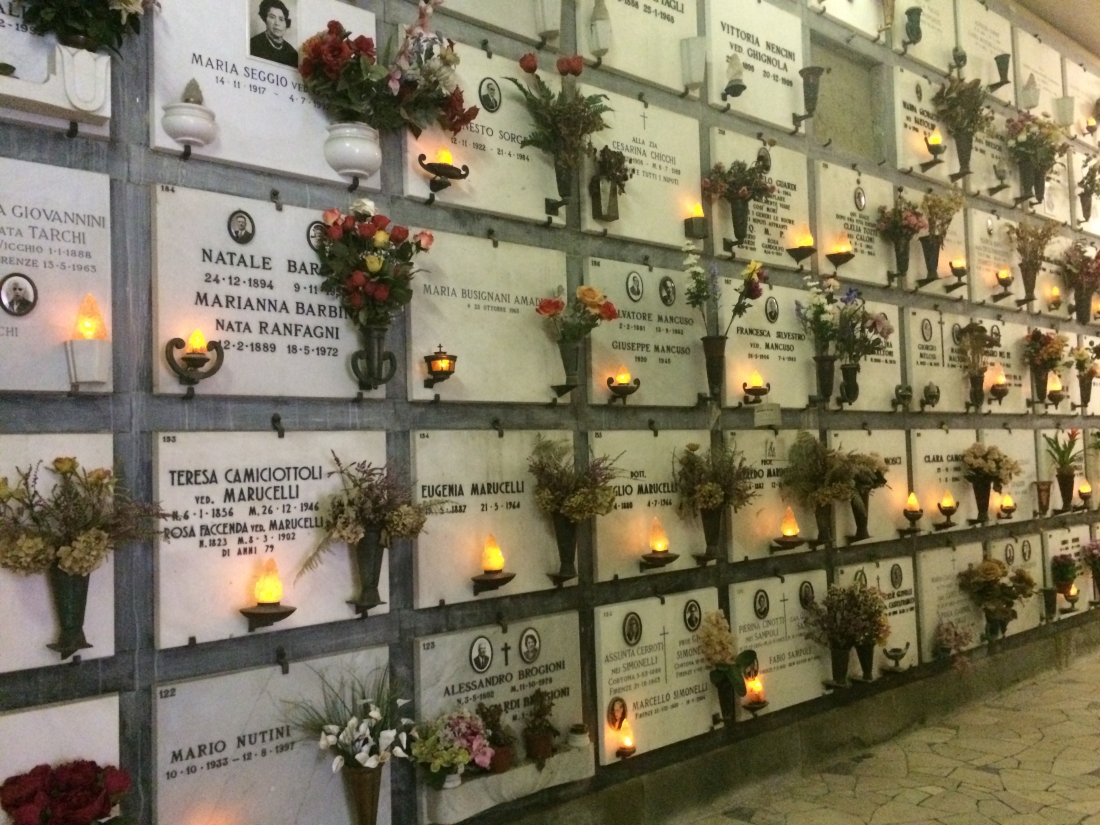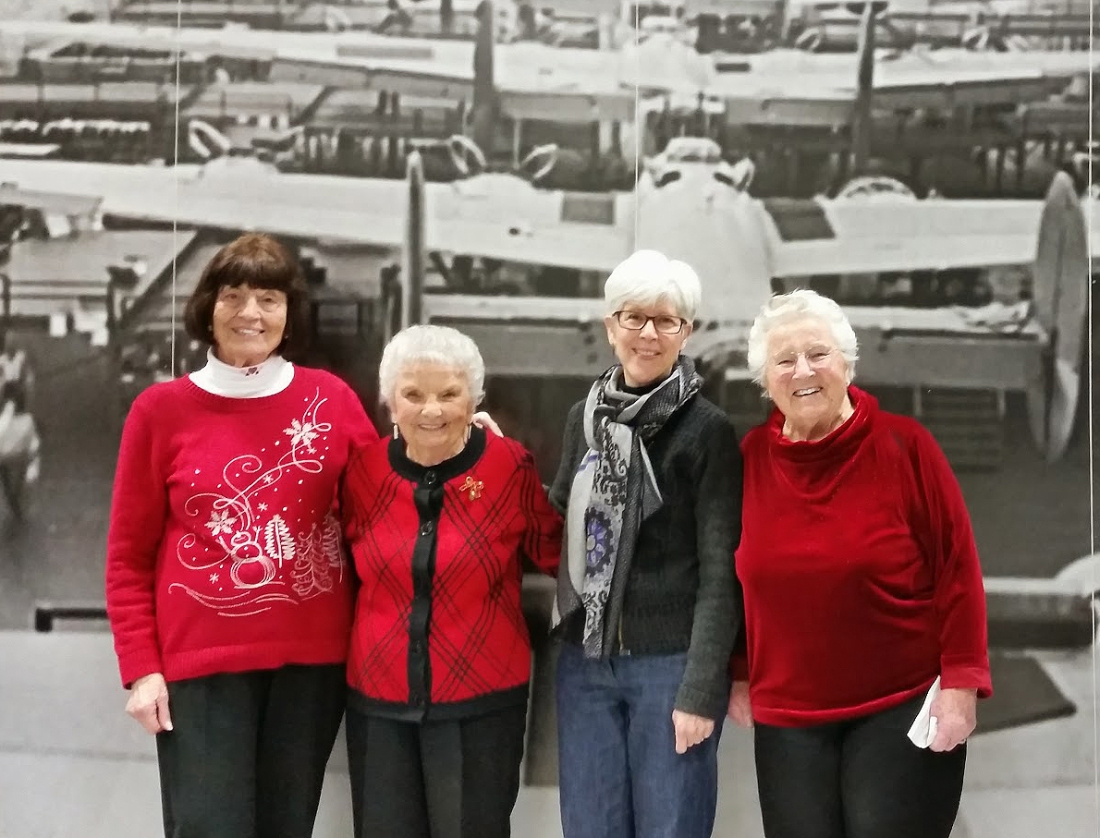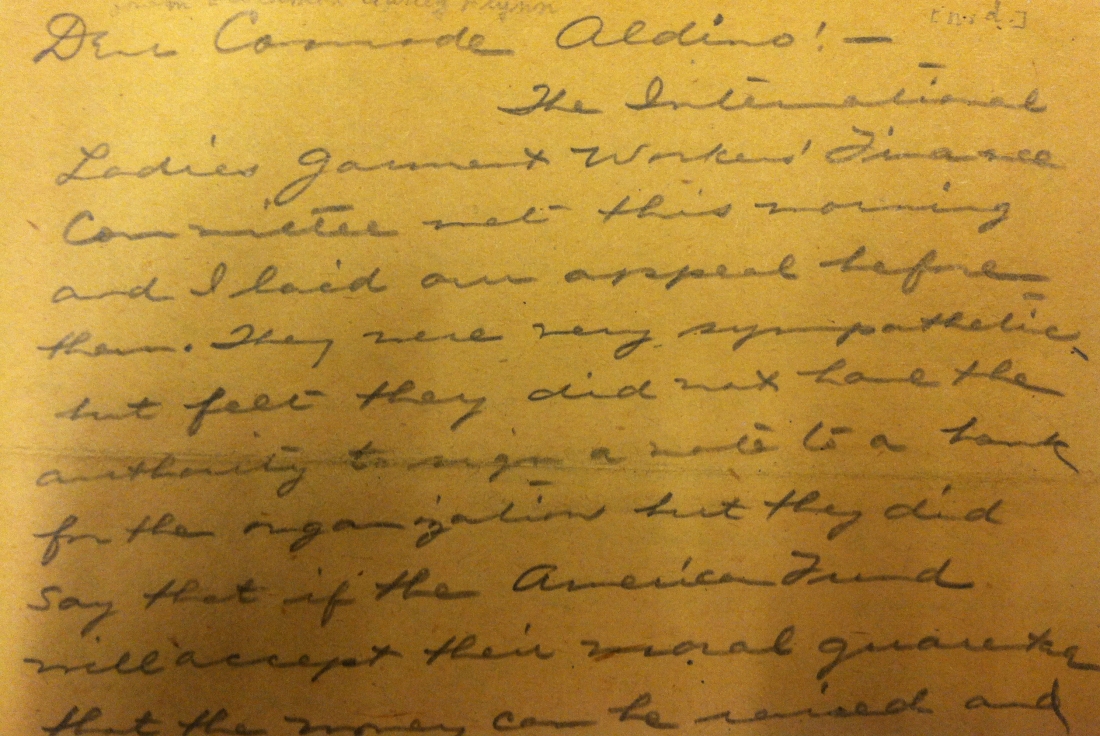A few months ago, I started reading a historical fiction novel set in Italy. Since it took place during World War II–the same time as my new novel–I was eager to read it. Besides, I can’t resist anything set in Italy. So late one night, I curled up with the book, eager to devour it. I read one chapter. Then, two. But within an half hour, I was getting impatient. After an hour, I stopped cold and turned off my iPad.
Why?
The writing annoyed me. There were glaring mistakes, like the italicized phrases that were supposed to be Italian, but did not exist in that language or worst still, they were incorrect. For example, Germans are called “Germanesi,” instead of “Tedeschi.” Soup is called “menestra,” but it should be “minestra.”
There were also assumptions about geography and customs. In one scene, the main character visits the village cemetery encircled with thick oak fencing. The graves were laid out in rows, each marked with a headstone, like you’d find in America. But in Italian villages, cemeteries are often vertical to save space. There simply isn’t enough available open land, so the practical Italians figured out a way to create rows of coffin-sized compartments within large blocks of stone–often chiseled out of the mountainside. Also, instead of wooden fences, the Italians often use stone–because it is so plentiful, relatively inexpensive, and far more durable.

Italian Cemetery, from Becoming Italian Word by Word. http://becomingitalianwordbyword.typepad.com/becomingitalian/2014/10/speaking-to-the-dead-in-the-italian-language.html
The bottom line is that the author did not take the time to do his homework. Therefore, he did not create an authentic and believable setting for the novel. He also relied on stereotypes and made assumptions about Italy based on American practices. But this leaves us with the question: how do you create “reality” on the page? How do you make the reader believe he or she has stepped back in time to another place?
The short and simple answer is: research. Some of you may be groaning right now as you remember those dreaded assignments in high school and college. The musty smell of the library stacks and pouring through volumes of old books made you want to curl up and take a nap. But I’m here to share a radical thought: research can be–dare I say it–fun and exciting. To make you a believer, I will share some research tips that will help you locate just the right information to create believable characters, settings, and situations.
1. Let people know the time period and topic you are researching. Friends and even casual acquaintances may have surprising connections that can help you uncover valuable information and connect you with people who lived during that time or are experts in that area. This happened to me a few months ago, when I told one of my husband’s colleagues that I was researching Detroit during the war years. He arranged a tour and luncheon with the wonderful people at the Willow Run Bomber Factory and 3 women who worked as “Rosie the Riveters” during World War II. It was such a treat to meet and interview these real life “Rosies” who are now in their 90’s and have a wealth of wisdom and life experience. Their insights into that time period and authentic details will make my story so much richer.
2. Use the web to locate libraries with special collections that will be useful for your research. For researchers, special collections are treasure troves of information, often bequeathed by families to the library. They can include letters, photos, telegrams, diaries, and unpublished manuscripts. When I needed more background information on Italian Americans in Boston, I visited the Boston Public Library, which has a special collection about Italian-American labor organizers and anarchists. Imagine my surprise when I found original handwritten letters from Nicolo Sacco and Bartolomeo Vanzetti to family members and fellow-activists while they were in prison in Boston. In this same collection, there were telegrams sent by the anarchist Emma Goldman to activist Carlo Tresca, who fought for the re-trial of the two Italian immigrants.
I’d recommend emailing the special collections librarian beforehand (if possible) and let him (her) know your area of interest. That way, he (she) can do a little research before your visit and pull together some additional information that you may not know about. Be sure to ask the librarians for their business cards, so you can note them in the acknowledgement section of your book. I’d also suggest sending them a copy of your book once it is published. These “unsung” heroes are living, breathing treasure troves of information.
You should also be aware that every library has its own set of regulations. Visitors may be required to check their personal belongings in a locker before entering the special collections room. In Boston, I could bring in a computer and a cell phone, but no notebooks, notepaper or pens. However, I could take photos of the material. Some librarians will also email you information afterwards. A librarian at Brandeis University emailed a digitized collection of World War II propaganda posters that I could view and download after my visit. As a final tip, often their hours are different from the regular library hours, so be sure to check in advance.
3. If possible, visit the location that you are writing about. Take reference photos and talk to local people. In Boston, I was taking photos on Salutation Street in the North End, when I spotted a man delivering newspapers. He gave me a copy of the Post Gazette and told me he was a columnist. On his advice, I went to the newspaper office a few blocks away and spoke to the publisher, Pamela Donnaruna whose family has been publishing the Post Gazette for 3 generations. She gave me some valuable insights and some leads for finding more information about Italian Americans living in the North End during the war. On my next trip to Boston, I plan to spend a few dollars and take a tour of the area with a local guide.

Sacred Heart Church, The North End, Boston. Shot with an iPhone.
4. Expand your research beyond books and articles. Include photos, videos, movies, interviews, census records, and magazine articles. With a click, you can zoom into a location in Google Maps and get a birds-eye view of the place. By clicking on “Street View” you can see images of the actual location and even “walk” down the street with a click of your mouse.
5. Don’t forget ephemera. Sometimes it’s the little details that are the most convincing. I’m sure you all remember the scene in “Back to the Future” when Marty McFly’s future wife Lorraine calls him “Calvin” because she sees the Calvin Klein label sewn into his underwear and assumes that’s his name. And instead of a generic time travel machine, Marty McFly rockets to the past in a DeLorean with 1.5 gigawatts of power. In addition to reading articles, you can “soak up” the movies and music of the time period. Don’t forget fashion and comics and popular magazines. I also collect postcards of people who remind me of my characters and the time period. I pin them up on a bulletin board near my desk for quick reference as I’m writing.
What tips do you have for creating authentic characters and realistic settings? What little details have you used in your writing to make the scene or character come ‘alive’?
Categories: Fiction


These are great tips, Patti. I use a lot of them in my writing too. At the moment I’m researching Irish emigrants to New York in the late 1800’s for the book I’m working and it’s really important to get the correct areas they would have lived in and the church they would have attended. I’m reblogging this if its okay with you. Thanks.
LikeLike
Of course, Jean! I’m delighted. What sources are you using for your book? (Or, if there are too many, which one has been very helpful?)
LikeLiked by 1 person
I only recently found this link but it has amazing eye witness accounts by a photo journalist. It might be of interest to you, too, Patti. http://www.authentichistory.com/1898-1913/2-progressivism/2-riis/index.html
LikeLike
Jacob Riis is a great source. He was one of the first “muckraking” journalists here, who helped bring about great social reforms–including housing.
LikeLiked by 1 person
I used the letters of Alexander Somerville, an English journalist of the 1800’s, as part of my research for the first book. Historical fiction writers owe a great deal to journalists such as these, who reported the truth of what they saw.
LikeLiked by 1 person
Hi Jean. I agree that first person narratives are very useful. They fill in the gaps that are omitted in historical books.
LikeLiked by 1 person
Reblogged this on The Writers' Workshop Blog and commented:
Good tips here for researching when writing a book, particularly historical fiction. Thanks Patti.
LikeLike
Thanks so much for reblogging this! I appreciate it a lot.
LikeLike
Beautiful image of you with there great women!
LikeLiked by 1 person
Why, thanks, Maria! They are remarkable women, now in their mid-90’s, who have lived through wars, widowhood, and other tragedies. But through it all, they have maintained their kindness and sense of humor.
LikeLike
I enjoyed this post. Writers’ sites are also useful for researching in different countries. I recently exchanged info with a Canadian writer who had made several errors. e.g. ‘a full bath’ is not a term used in England, except to describe a bath full of water. No English person says ‘pants’ unless to indicate ‘rubbish’ or underclothes.
There’s something else I use when I can. At bring and buy or antique shows, I look at all the old postcards. The way of conversing is useful, even if the events of the time are not.
LikeLiked by 1 person
Hi Characterful Writer! Thanks for your thoughts and insights. Like you, I also find postcards very useful–both as visual reminders of characters. I also like your idea of connecting with local writers. Great idea.
LikeLike
great suggestions and I love your book!!!
LikeLiked by 1 person
Thanks so much, Dune Mouse! I am thrilled. It means a lot to hear that from you. If you’re inspired to write a few words about the book on Goodreads or Amazon that would help spread the word! 🙂 Thanks again!
LikeLiked by 1 person
the characters were very compelling and the story was very compelling and authentic Patti! I will post a review.
LikeLiked by 1 person
Hi Cybele. Great! Can you tell I’m smiling?? Thanks! I am so happy you enjoyed the book and that you’re going to post a review. Fantastic!
LikeLiked by 1 person
Hi Cybele. Thanks so much for the review on Amazon! I am delighted that you liked the book! Many thanks for your thoughtful and enthusiastic evaluation. I love when my book has an impact on others! It’s “music” to my ears.
LikeLiked by 1 person
🙂 you are welcome!
LikeLike
For those of us who enjoy reading and writing historical fiction,these are terrific tips. Is it a bit like searching for buried treasure! Your suggestions have reminded me that I should utilize my library and its special collections more often.
I’m curious about how much research you do before you begin writing. Do you tend to look for information as you go? Or do you do all the research up front?
LikeLiked by 1 person
Hi Jackie. I do a lot of research up front, but find that I often need to do quick searches as I’m writing. It’s the questions about little historical details that keep cropping up as I write. How about you? The next time I come to NYC, I need to do a little research at Columbia U. They have a special collection donated by one of the real life people that will appear in my next book. 🙂
LikeLiked by 1 person
These are great tips. Thank you for sharing, Patti. It does take tremendous research work for historical information and stories.
LikeLiked by 1 person
Hi Amy. Yes, it does, but then again, there are research nerds like me who love it!!
LikeLike
On one hand, its interesting, on the other hand very depressing to read this posting. These Aircrafts destroyed in the last war days our Dresden and burried innocent people under debris.
Thanks for sharing.
LikeLiked by 1 person
Hi RBBA. Yes, it’s true that war causes so much suffering and tragedy.
LikeLike
Patti,
Many US aircrafts crashed after they run out of gas. Airborne fueling was invented after WWII
LikeLiked by 2 people
Yes, very true, RBBA!
LikeLiked by 1 person
Fantastic that you got to interview those women in Detroit. Oral histories capture the emotion that existed in the moment. What an experience. I just downloaded the sample of your novel.
LikeLiked by 1 person
Wonderful, Dan! I really hope you enjoy it.
LikeLiked by 1 person